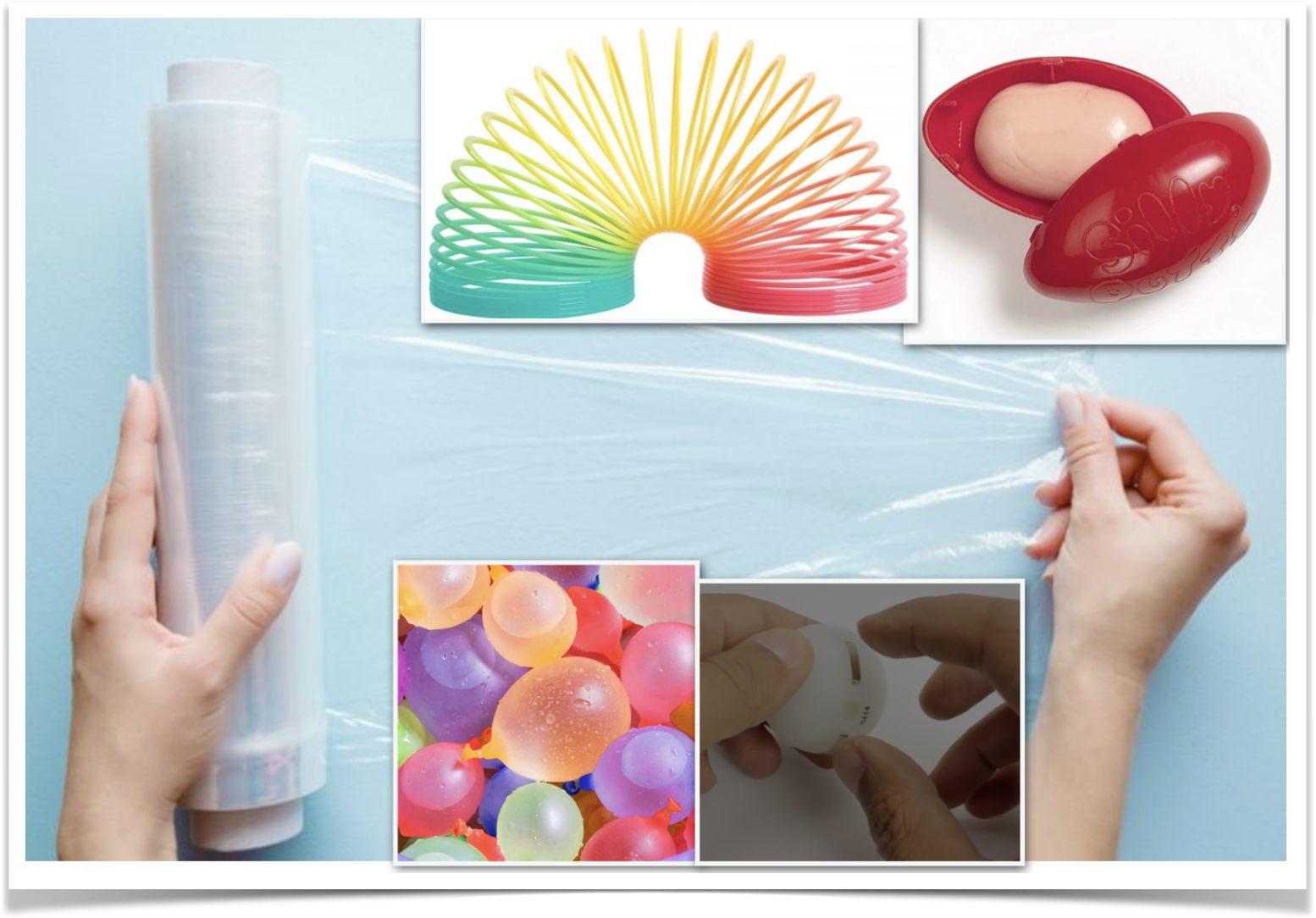Learning About Fascia – With Water Balloons, Slinkies, Silly Putty and Other Crazy Props

Every spring for 12 years, I taught a 4-day introductory craniosacral therapy course at a nearby massage school. Since I developed the class myself, it really was a mirror of my personality and preferences. Class was equal parts: science fair, guided meditation, hands-on practice, and stand-up comedy. I am so grateful for those years, those students, and particularly the chance to co-teach with my beloved comrade in CST and laughter, Cheryl Hunnicutt.
I looked forward to 3 especially fun moments each year, mainly for the reliable “WOW!!” factor that came with each:
- Demonstrating the electrically conductive properties of our bodies (complete with flashing lights and sound that filled the room)
- Seeing the look on students’ faces when they felt the rhythmic craniosacral motion for the first time (jaw drop, pin drop moments) and
- The blindfolded “Saran Wrap and Quarter” demo. This last one was a particularly fun way to convince students that, despite their feeling rather fumbly at times, their hands were actually highly sensitive and accurate in detecting very small changes in pressure and tension.
Each exercise demonstrated some aspect of the nature of fascia. And each one resulted in a “WOW!!” moment, I think, because the student experienced something unexpected. Six months into their 10 month program, the students were pretty good at various massage strokes, muscle testing, and some clinical techniques. What they had not yet been asked to try was to slow down and lighten up their touch to the degree I was asking them to. I was also asking them to not try to “change” anything, but simply to “notice” what they felt underneath their hands. What they discovered was that by slowing down, lightening up their pressure, and by letting go of their “fix it” agenda, they were able to feel SO MUCH MORE. It was high drama – in the very best sense. It still makes me smile to remember the looks on their faces.
We focused on fascia a lot in that course and there was a reason for that. Fascia is in every part of our body – from the large, visible sheets wrapping around our muscles to the microscopic structures found deep within our cells’ nuclei. If you were able to shrink yourself down to be very tiny, you could travel from any location in the body to any other location without ever leaving fascia. Go ahead, try it sometime. 😉
Fascia’s all-pervasive, weblike network and its mind boggling physical characteristics are why we can make contact at one part of the body and have an effect at a distance. It is why we can work so gently at the surface and yet reach into the depths of the body – with great precision, safety, and sensitivity.

Leave a Reply